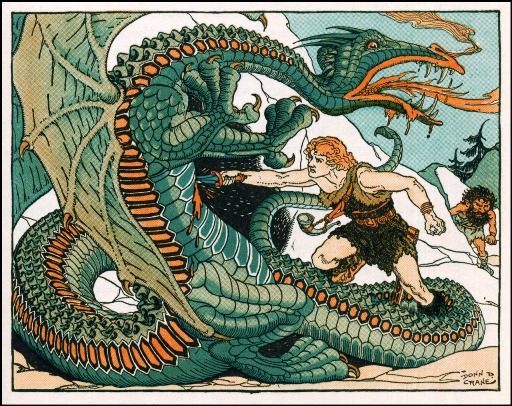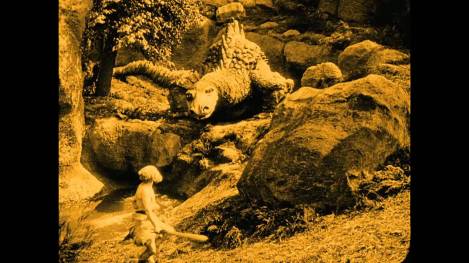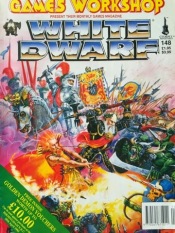Or: Is Everything They Tell You About Storytelling Wrong?

Great shot. One problem: Superman would never, ever, ever pull this face. Ever.
Have we been lied to? Or just misinformed? I remember being told that my stories had to make sense. That my characters had to be boldly defined and delineated. That my villains had to possess motivations that made sense. I’m sure you were told this, too.
In fact, indie writers panic about this stuff all the time. We’re always on social media, asking our peers, ‘do you think my hero would do this?’ or ‘would it make sense for my villain to do that?’ Sometimes, we have beta readers who bravely trudge through our drafts, popping flares whenever they fall into a plot hole or suffer the Quantum Leap-style discomfort of bad continuity.
So yeah. We writers go to a lot of trouble.
Which is one reason why I was so frustrated with Batman Versus Superman: Dawn of Justice.
This isn’t a review. I’ve missed the zeitgeist by a country mile and there’s no getting on that train. Suffice to say, I loved the opening sequence, I thought Affleck was brilliant, Wonderwoman was great and bits of it rocked. But a lot of it was rickety and shambolic. At times, downright amateurish. And since I’ve been bogged down in trying to tell a story well for what feels like an eternity* seeing such errors on the big screen hurt.
I mean, this was stuff I couldn’t get away with. I couldn’t have a villain whose plan made no sense whatsoever. Nor could I wilfully warp well-known characters into almost unrecognisable shapes without incurring the wrath of an irritated readership.
I mean, here was Lex Luthor, whose plan involved being caught for a bombing that was meant to frame Superman but could easily be traced to LexCorp, then using alien technology to unleash a monster he couldn’t control, before getting his head shaved in prison. Could I get away with a villain like that? Well, no. I wouldn’t want to even try. A villain’s plan should make sense. You should be able to easily explain the villain’s motivation. Some will say, of course, that Luthor was jealous and/or afraid of Superman because he was an alien. Well, why did his solution to the problem of a powerful alien involve the unleashing of another alien in the form of Doomsday? An alien more powerful than Superman? And why did a villain obsessed with control create a monster that couldn’t be controlled? No, I can’t explain it either.
 Well, you can’t argue with that.
Well, you can’t argue with that.
Then there’s the whole issue of changing characters like Superman and Luthor in fundamental ways. Superman is very clearly defined against Batman. In the animated Justice League series, their characters are extremely boldly drawn and starkly different. Batman is paranoid, fearful in spite of all his strength (to the point of pessimism), analytical and cold. Superman is bright, colourful, optimistic and embracing. This produces a wonderful dynamic that has delighted comic book and cartoon fans for years.
But in BvS, they’re the same. Both are miserable, gurning doom-merchants with frowns you could slip into and perish within. Both agonise over how much brutality they can unleash before they lose their grip. Basically, both are Batman. Superman should not be contemplating murdering people. Nor should he be smashing terrorists through walls at the speed of a freight-train. It’s not what Superman is. It’s not what he’s ever been.
Luthor, of course, is the result of trying to put the Joker in a movie without putting the Joker in a movie. The result? Lex Luthor, the man who hates Superman because he feels he is the pinnacle of human perfection, and is frustrated by the arrival of an alien usurper, a fascinating, engaging and entirely identifiable character, is smashed to pieces under the Studio’s clumsy hammers and remodelled as… well, as something nobody liked. Poor Jessie Eisenberg.
What I’m getting at here is that everything we’ve been told about how to tell a good story is wrong. You won’t automatically fail as a writer because you can’t tell a good story. Nor will you necessarily be a failure if your heroes dramatically change character for no reason at all. And if your villain’s plan makes no sense at all (even to you), don’t fret. The BvS team didn’t. And these guys made a lot of money. And are still getting work.

It’s not all bad, Zack. The beginning is fantastic. And I still love what you did with Watchmen.
So What Does This Mean?
Well, it doesn’t mean we can give up and write a load of garbage. Sure, Hollywood can do this, and it can pay many hundreds of thousands of dollars for people to do this. But we have standards, damn it. We’re better than those hacks, right?
Seriously though, imagine you were attending a writing course and handed in the story to BvS. What would your tutor say? Well, nothing good. They’d complain that the two lead characters were practically identical, that the messages were muddled and muddied and that the villain’s plan was disjointed to the point of complete atomisation. And you’d have no defence. Because in the case of BvS, those things are true.
As writers, we can’t hide behind the flash-bang of cinematic spectacle. I mean, we can have massive pitched battles, monsters, demons and the kind of ground-blasting sorcery that would make Gandalf soil his breeches. But the act of watching a movie is, usually, a more passive experience than the act of reading a book. We soak in a movie like we soak in sunshine. But a book is a process that involves us to a greater degree. If something is wrong with a movie, we can zone out and accept it if the CGI is good and the spaceships look cool. With a book, you can’t really do that. If you zone out, you’re no longer reading.
I suppose the lesson is that we novelists put ourselves under a hell of a lot of pressure. We want to craft perfect tales with memorable and identifiable heroes and villains whose motivation and machinations make exquisite sense in the final reveal. We want to give readers something they’ve never had before. We want to make them think things they’ve previously avoided contemplating and feel things they’ve felt before in ways they’ve never felt them. We want them to be dazzled by the sublime balancing act of structural complexity and narrative slickness.
Sure, Hollywood writers want to do that too. But they don’t have to, or sometimes they just can’t, because a studio hacks up their work or forces too many ideas on them. Or maybe they just have a bad day at the office and turn in a load of nonsense. My point is, these people make a lot more than we ever will, and they sometimes suck. Really suck. Are they more successful than we are, even in those sucky moments? Financially, yes. And they usually get to carry on shaping popular culture in ways we could only dream of, however hard they drop the ball.
What I take from this is that it’s amazing how much attention we pay to getting certain things right. Plot, narrative structure, motivation, character. It’s drummed into us that these things are of absolute importance. Truth is, they’re not. Not really. Perfection isn’t necessary. Hell, half-assedness is pretty much adequate most of the time. In cinema, in business, in politics.
But not, my friends, for us. No, we’re made of finer stuff. We sweat over the kind of details Zack Snyder doesn’t even notice. We panic over plot holes that Studio Execs shrug off as irrelevant. We do crazy things like world building and cartography. Because it matters how far the woods are from the castle, damn it! It matters where the mountains end and whether there are two bends in the river or three. It matters why one people speak one language and another doesn’t, and it matters how magic works.
So next time you’re approaching burnout and it all seems like too much, and you’ve had six cups of coffee but you still can’t push on past that scene that’s got you totally blocked, just take a moment to think about Batman Versus Superman: Dawn of Justice and relax. You’re already trying harder than those guys did.
You are already aiming for a target they didn’t even see. Be proud of yourself. And push on.
C.
* I’m most of the way through my second book. I had planned to follow up Healer’s Ruin pretty sharpish. That plan, like Lex Luthor’s plan in BvS, was… not a good plan. This next one is a knottier beast. It is on its way, though. I pinky promise.








 Well, you can’t argue with that.
Well, you can’t argue with that.


















